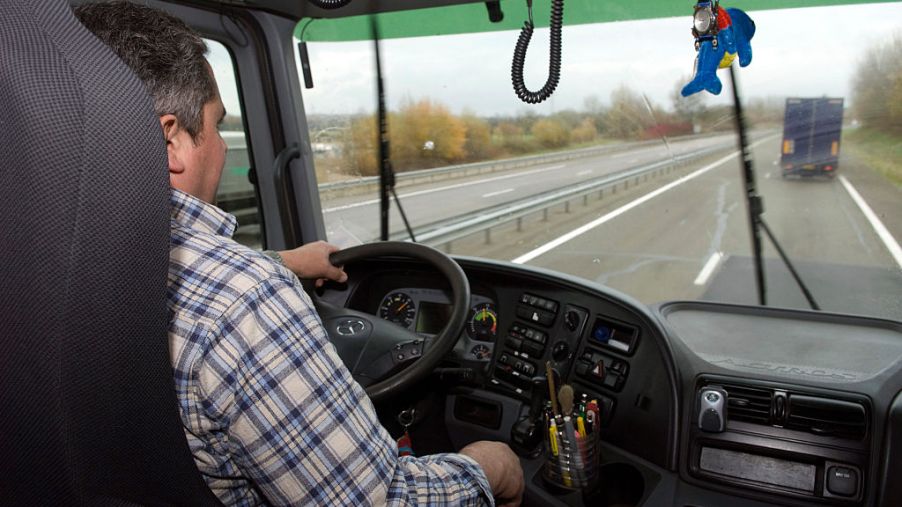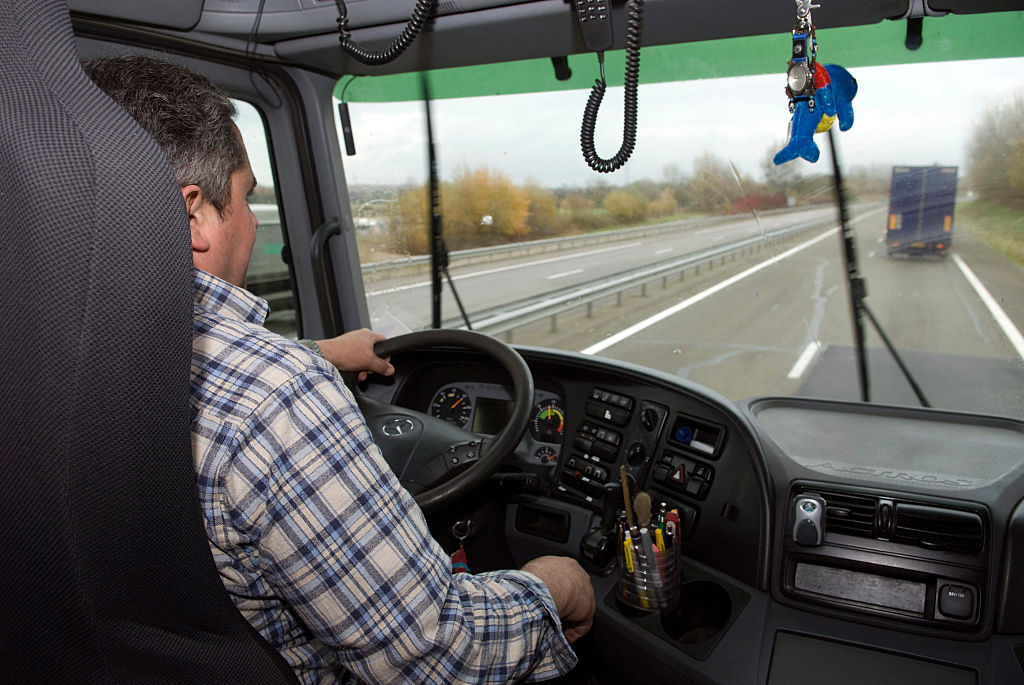
Trucker Deaths Hit Worst Level in Over 30 Years
Last month The National Highway Traffic Safety Administration released sobering statistics about trucking fatalities. Trucker deaths have reached their highest level in over 30 years, and they continue to rise. In 2018, 885 occupants of large trucks were killed. NHTSA compared this to 911 truckers killed in 1988. And compared to 2017, there is a 1% increase in the number of occupants of large trucks killed last year.
Overall fatalities related to large truck crashes also continue to increase. The number of people killed in collisions with large trucks was 4,678 in 2018. This is almost 1% more than 2017, with 4,369 people who died in these kinds of accidents.
As Jerry Hirsch of Trucks.com reports, 2018 is the fourth consecutive year for the rising number of deaths involving large trucks, according to NHTSA. The percentage of pedestrians killed as a result of large truck collisions also rose to 13%.
Because of the rising trend of deaths related to large truck collisions, the Insurance Institute for Highway Safety is reluctant to make traffic safety rules more lenient.

A trucker group says this isn’t the complete picture
The trucking industry’s trade group, the American Trucking Association, has stated that the NHTSA statistics don’t tell the entire story. NHTSA’s data, claims the ATA, doesn’t provide an accurate record of the number of vehicles driven on American roads and the number of miles they covered.
The association wants the federal government to initiate a new “Large Truck Crash Causation Study.” The last report, which reviewed the factors behind truck accidents, was released in 2006.
The ATA restated its commitment to safety by providing support for industry-based training and technology designed to reduce highway fatalities. It also advocated for safe driving among all motorists.
Although the ATA has questioned NHTSA’s numbers, the increase in deaths caused by large truck collisions contrasts with an ongoing trend of fewer traffic-related deaths and thus safer highways in the U.S.
A drop in total crash-related deaths
Overall, 36,560 motor vehicle fatalities occurred on U.S. roads in 2018. This number is down by 2.4 percent from 37,473 in 2017. A decline also was recorded from 2016 to 2017.
Except for truckers, pedestrians, and cyclists, fewer deaths were recorded across almost all NHTSA categories. For example, deaths among passenger car occupants were down by 702, a 5.2% decrease. There were 76 fewer SUV occupants or a 1.6% reduction and 82 fewer pickup truck occupants or a 1.9% drop.
Even though NHTSA documented fewer crash-related deaths, it also noted that people are driving more. Vehicle miles traveled in the U.S. increased from 2017 to 2018 by 0.3%. Consequently, the fatality rate per 100 million vehicle miles traveled declined from 1.17 in 2017 to 1.13 in 2018, a 3.4% decrease.
Modern safety features make a difference
The reduction in collision-related deaths can be attributed at least partially to up-to-date safety technology in new vehicles, according to NHTSA officials.
The IIHS has found that active safety features, such as forward collision alert and automatic emergency braking, have reduced specific kinds of crashes up to 50%. Other automotive technologies such as rearview cameras and blind-spot alerts have also helped to bring down the number of traffic-related deaths. However, these most recent safety features are just beginning to be implemented on large trucks.
The Center for Auto Safety wants to explore the discrepancy between the trend of fewer crash-related fatalities overall and the rise in deaths that are related to truck, pedestrian, and bicycle accidents. An area that might merit exploration is how NHTSA compiles and sorts its data as it relates to deaths involving large truck collisions.
After a review of supporting materials, the organization reclassified 329 light pickup trucks into an appropriate large truck category. Subsequently, NHTSA revised the 9% rise in reported large truck-related fatalities to 4.9%.
This revision also accounts for the almost 1% increase in deaths in this category in 2018. NHTSA defines large trucks as having a gross vehicle weight rating (GVWR) of greater than 10,000 pounds. The pickup trucks included in this reclassification are the Ford F-350, the Ford F-450, the Chevrolet Silverado 3500/GMC Sierra 3500, and the Ram 3500 among others.
How can the number of trucker related deaths be reduced?
The ATA was on the right track when it suggested that everyone on the road needs to take responsibility for driving safely. With the number of vehicle miles traveled increasing yearly, safe driver behavior is crucial. It’s something for all drivers to aspire to.
But the problem of increased truck-related deaths goes deeper than the common-sense notion of driving safely. One problem is driver fatigue among truckers.
The Federal Motor Carrier Safety Administration has specific rules in place for truckers’ hours of service to reduce driver fatigue. But regulators have proposed to extend the hours of service under certain circumstances.
The IIHS has already presented data on the strong likelihood of a trucker having a crash as a result of being tired. So maybe one answer is not increasing or decreasing hours of service but teaching truckers how to manage fatigue.
Another way to help reduce the prevent large truck-related collisions from occurring is for regulators to require advanced safety features on the big rigs. While some trucks have collision avoidance systems, many more don’t. Back in 2001, the National Transportation Safety Board recommended that the Department of Transportation finish creating standards for these systems for commercial trucks.
18 years on, the standards for these safety systems are lacking for both large trucks and non-commercial vehicles. We’re hoping that guidance from regulators on requiring safety systems that protect truckers and other drivers won’t be another 18 years in coming.


